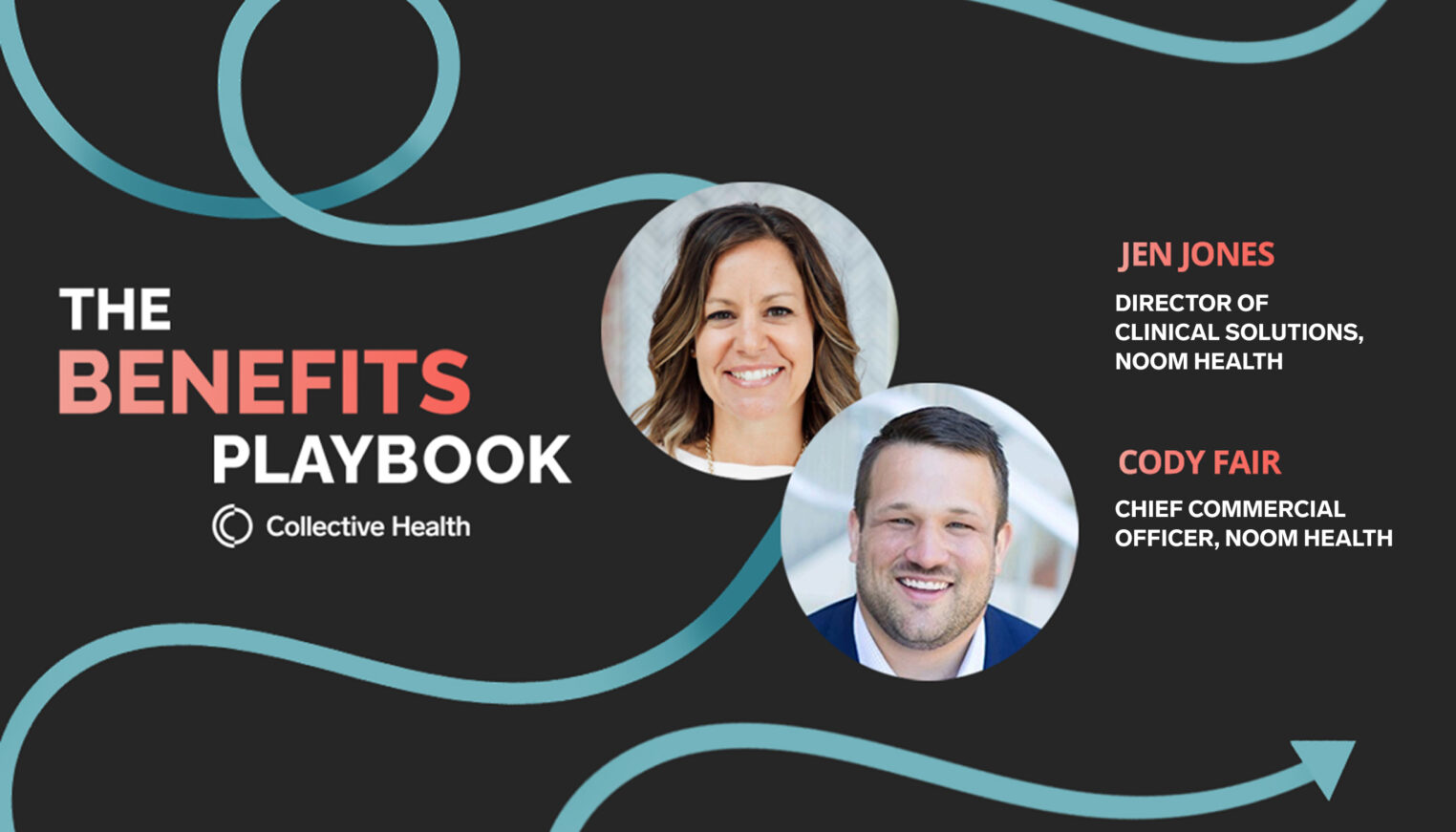By Marianne Holt, Director of Benefits Innovation
It’s time for benefits leaders to have a seat at the table. It’s been time for a while.
Benefits spend is massive at most companies; in fact, it’s often one of the largest line items on corporate budgets. It impacts every single employee in your company, and it plays a critical role in ensuring that those employees stay happy, healthy, and productive. Yet, somehow, many benefits leaders still don’t have a voice in the higher-level conversations driving their organization’s business strategy. It’s time for that to change. And in order to do that, we have to move today’s benefits roles from being primarily consumed by the operational to having a more strategic focus.
I’m Marianne Holt, and I’ve spent my career working in HR and benefits with companies like Uber, Lululemon, and Salesforce. Throughout those roles, I’ve been on a mission to help my benefits teams move from focusing on the operational—answering employee questions and combing through those eligibility files and invoices—to more strategic work aligned with overall business objectives. In my experience, there are two key pieces to effectively getting that process going: centralizing your benefits strategy and turning data into meaningful insights.
Bringing everything together in one place
As benefits leaders, we work with so many vendors. Think about what you’ve been offering over the last year—perhaps medical, dental, and vision insurance, as well as a behavioral health or fertility solution and a connected care platform. That alone can include dozens of vendors and, when you’re working with so many different companies on all the pieces of your benefits strategy, their various ways of measurement, lags in how quickly they can get that data to you, different formats for outputs—this list goes on and on—getting it all into a coherent, usable place takes a considerable amount of time and effort. When you start thinking about adding other solutions to help manage costs or support your population needs, the idea of yet another invoice to pay or census file to create on your list can be daunting. But what if there was a way to centralize all of that? What if adding that new, promising solution didn’t come with hours of administrative work?
One of the reasons I came to work at Collective Health is because that’s what it did for me and my team. When I implemented Collective Health, I quickly found that, instead of my team having to spend hours customizing census files, combing through eligibility files, answering employee questions, or trying to make sure all my invoices were getting paid, we were able to offload all of that to them. That alone translated to more than 20 hours of my team’s time that was freed up to actually take a deeper dive into our data and learn what our population needed. And because of that, my team was able to look ahead, connect with our employees, and create award-winning, innovative benefits programs that had a material impact.
Turning data into insights
I’ve always been a data fiend. When I was working at Uber, one of the first big decisions I made was to hire an actuary. I knew that if I wanted to drive real change, I had to have someone on my team who could create accurate, reliable data insights about our benefits and how they were being used. But it isn’t necessarily as easy as adding someone to your team—not to mention that you simply may not be able to get the headcount required to add an analyst.
There are a handful of vendors out there that are actually giving benefits leaders useful data in real-time. Again, Collective Health was the vendor that opened my eyes to some of the possibilities of data—instead of juggling spreadsheets and proprietary portals from each of my vendors, I was able to log into my account and see how my workforce was engaging with their benefits in one place and in real time. There was no more having to translate one metric in one system to a new metric in another, then try and connect the dots between the two. It was right in front of me, clear and easily interpretable.
Unlocking those insights helped us to show real value for the point solutions we were putting in place. Instead of trying to jump through hoops to get our behavioral health or fertility data to play nice with our health data to see how it impacted spend, we had it in one place, with one set of numbers that made the connection clear. We could connect the dots easily and decisively. And with that, we had exactly what we needed to build a thoughtful year-in-review with the kind of information our executives wanted to see. It helped my team to make it clear that benefits—health benefits, in particular—should be a strategic business priority.
What does this mean for the future of benefits roles?
Most people get into people management and benefits because they want to have a positive impact. Yet somehow, we still find so much of our days occupied with data entry and document review. I’ve learned over the years how to help shift that tactical, day-to-day work off of my team’s plate, and I’m passionate about helping other people do the same—so we can have that real, life-changing impact on our workforce like we set out to do. Over the coming weeks and months, I’m going to share things I’ve learned over the course of my career so far—learnings from Open Enrollments past, how I’ve gotten the most out of vendor reviews, how I approach conference season, and more.
Beyond that, I’m hitting the road to talk with you face to face. You can visit our events page to see where I’ll be next. I’m looking forward to talking with you all and working together to get benefits leaders a seat at the table.



